News
-
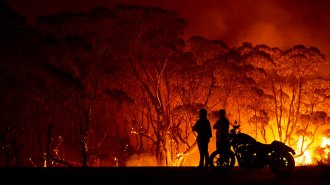 Earth
EarthHere’s how climate change may make Australia’s wildfires more common
An El Niño–like ocean-atmosphere weather pattern called the Indian Ocean dipole helped fuel extremely dry conditions in Australia.
-
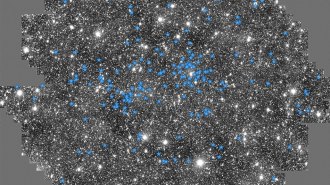 Space
SpaceYoung stars have been found in an old part of our galaxy
A newly discovered star cluster in the Milky Way’s halo seems to have been deposited there by gas torn off of two satellite galaxies.
-
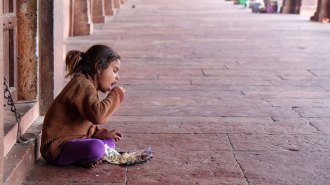 Health & Medicine
Health & MedicineGlobal progress in combating child malnutrition masks problem spots
Low-resource countries are tackling serious childhood malnutrition, national-level statistics show, but a closer look highlights disparities.
By Sujata Gupta -
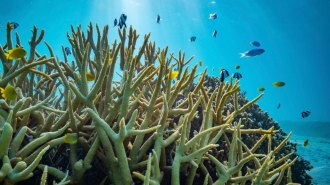 Life
LifeOcean acidification may not make fish act weird after all
A new study casts doubt on the results of early work into the effects of ocean acidification on coral reef fish behavior.
-
 Health & Medicine
Health & MedicineElectric scooter injuries rose 222 percent in 4 years in the U.S.
Hospital admissions from accidents related to e-scooters grew from 2014 to 2018.
-
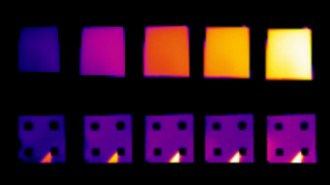 Materials Science
Materials ScienceThis material could camouflage objects from infrared cameras
A coating of samarium nickel oxide counteracts hotter objects’ tendency for brighter thermal radiation.
-
 Space
SpaceBubble-blowing galaxies could help solve a cosmic mystery
Three galaxies ionizing hydrogen 680 million years after the Big Bang show a potential step in the ionization of nearly all hydrogen in the cosmos.
-
 Climate
ClimateClimate models agree things will get bad. Capturing just how bad is tricky
Climate models are better than ever at simulating complex interactions between ocean, air, ice and land. But scientists still aren’t really sure what the worst-case scenario might be for Earth’s future climate.
-
 Health & Medicine
Health & MedicineHealthy babies exposed to Zika in the womb may suffer developmental delays
A small group of Zika-exposed children in Colombia who were born healthy missed milestones for movement and social interaction by 18 months of age.
-
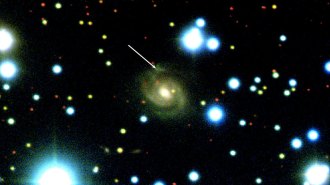 Space
SpaceThe home galaxy of a second repeating fast radio burst is a puzzle
The second galaxy known to host brief, brilliant flashes of radio waves known as a recurrent fast radio burst looks nothing like the first.
-
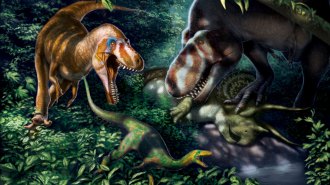 Paleontology
PaleontologySmall ‘cousins’ of T. rex may actually have been growing teenagers
Fossil analyses suggest that Nanotyrannus wasn’t a diminutive relative of the more famous behemoth Tyrannosaurus rex.
By Sid Perkins -
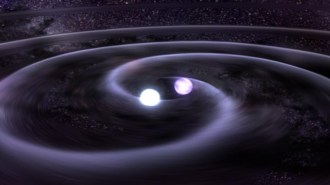 Astronomy
AstronomyLIGO detects its second neutron star collision, but gains few clues
Gravitational waves have once again heralded a smashup between neutron stars, but this time with no flash of light to help guide understanding.